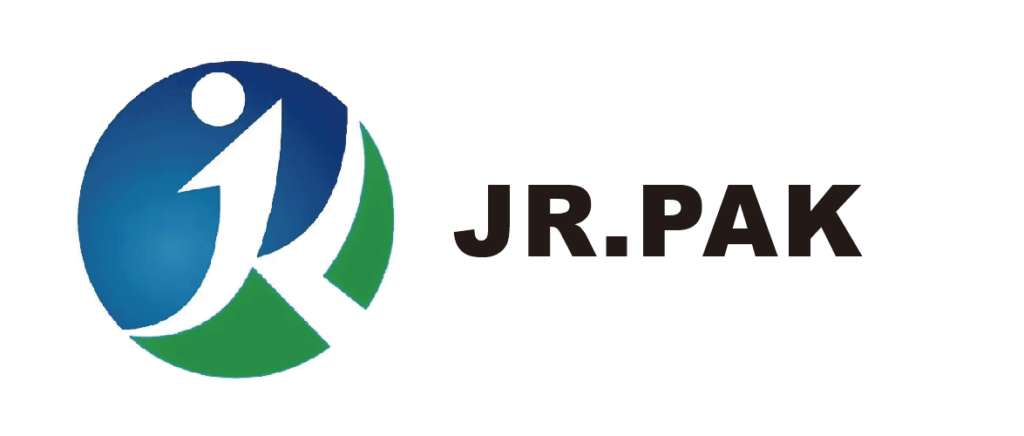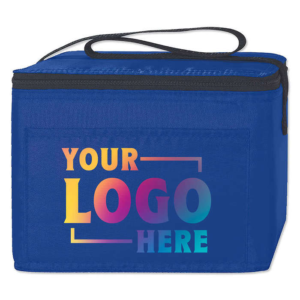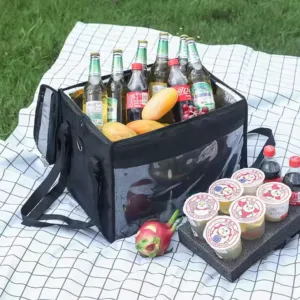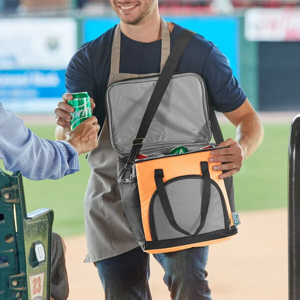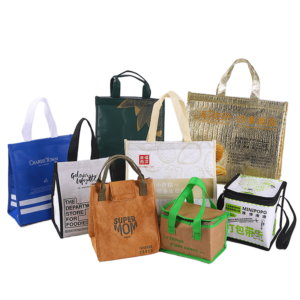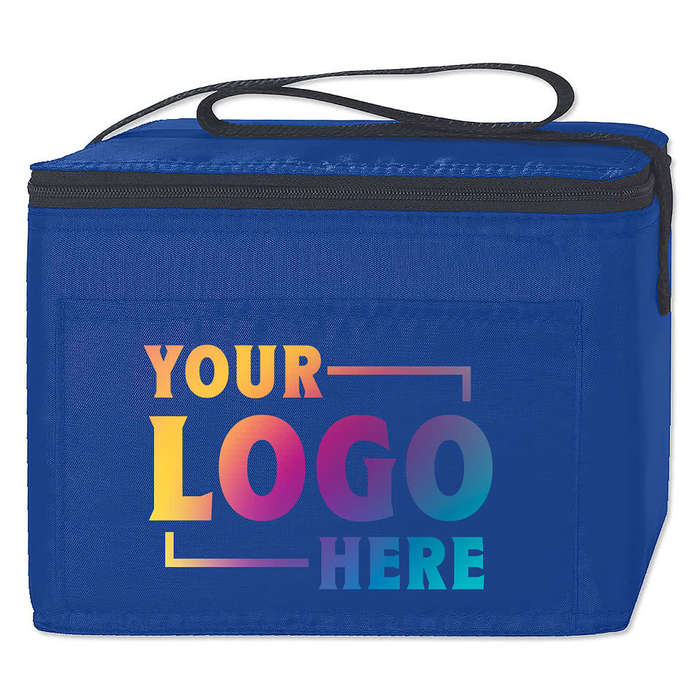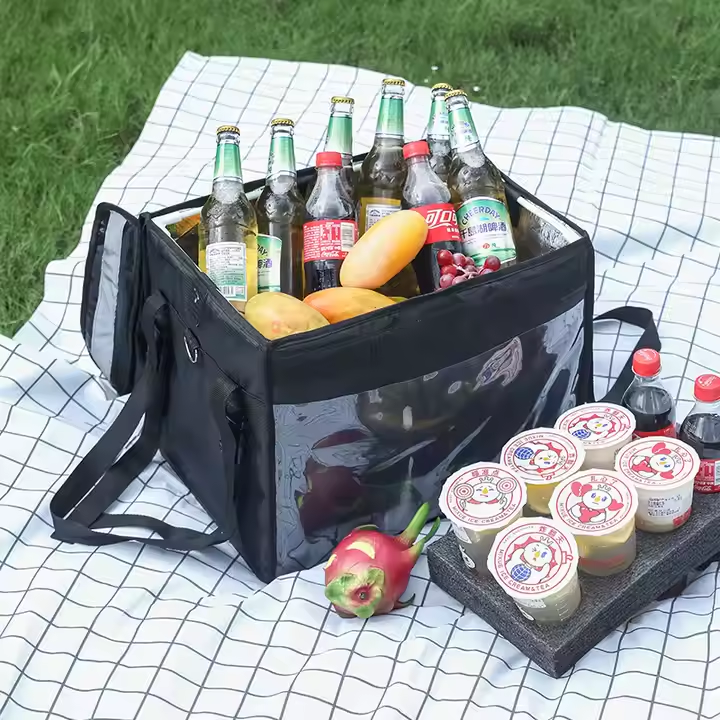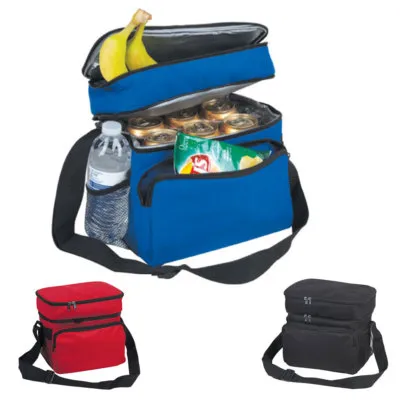Importing cooler bags from Asia requires more than just finding a supplier. This guide gives you six key logistics tips to streamline your process, avoid delays, and ensure smooth, cost-effective delivery.
6 Logistics Tips for Importing Cooler Bags from Asia
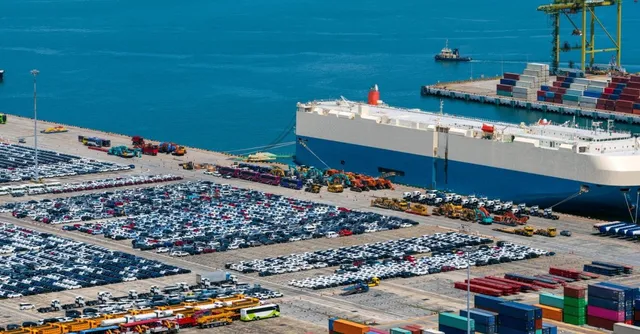
Efficient cooler bag imports from Asia depend on proper shipping methods, reliable partners, complete paperwork, and proactive quality control1.
Keep reading to discover how to optimize your import logistics from start to finish.
Choose the Right Shipping Method
Match your shipping method to your budget, time frame, and order volume.
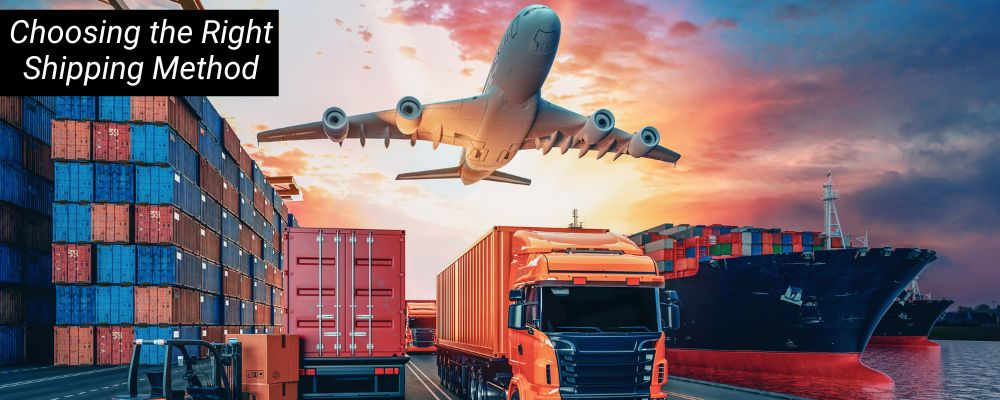
There are three common shipping methods: air freight, sea freight, and courier. Each has pros and cons. Air freight is fast but costly. Sea freight saves money on bulk orders but takes time. Couriers are quick for small, urgent shipments.
Shipping comparison
| Method | Speed | Cost | Best Use Case |
|---|---|---|---|
| Air freight | 3–7 days | High | Urgent or high-value items |
| Sea freight | 20–45 days | Low | Bulk orders |
| Courier | 2–5 days | Moderate | Small shipments or samples |
Consider your cooler bag size and weight. Bulky items favor sea freight. Time-sensitive campaigns may require air. For samples or small runs, use couriers to save time.
Work with Reliable Freight Forwarders and Suppliers
Strong partners prevent delays and hidden issues.
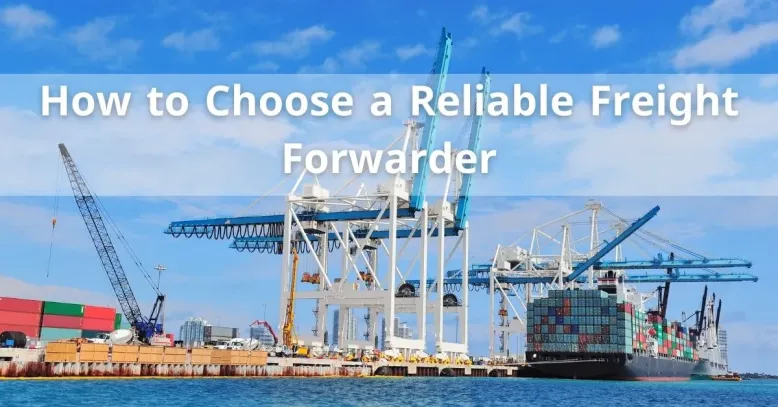
A good freight forwarder coordinates your entire shipping process, including customs clearance. A reliable supplier ensures product quality and on-time dispatch. Together, they reduce headaches and missed deadlines.
What to check before choosing
| Partner Type | Key Traits |
|---|---|
| Supplier | Verified history, clear communication, sample availability |
| Freight forwarder | Experience with your product type, full-service logistics, references |
Use platforms like Alibaba or Global Sources to vet suppliers. Check reviews and past transactions. Ask forwarders about customs in your country. Build a clear communication line before confirming your order.
Ensure Complete and Accurate Documentation
Proper documents are critical for customs clearance.
Missing or wrong documents delay shipments and increase costs. Every import needs a commercial invoice, packing list, and bill of lading. Some countries need special labeling or certifications for cooler bags.
Common required documents
| Document | Purpose |
|---|---|
| Commercial Invoice | Declares product value |
| Packing List | Lists shipment contents |
| Bill of Lading | Acts as shipment receipt |
| Customs Forms | Comply with import rules |
| Certifications | Meet local standards (if needed) |
Check with customs authorities in your country. Some may require recyclable material declarations or safety data, especially for insulated products.
Understand Import Duties, Taxes, and Compliance Requirements
Know all local rules before your shipment arrives.
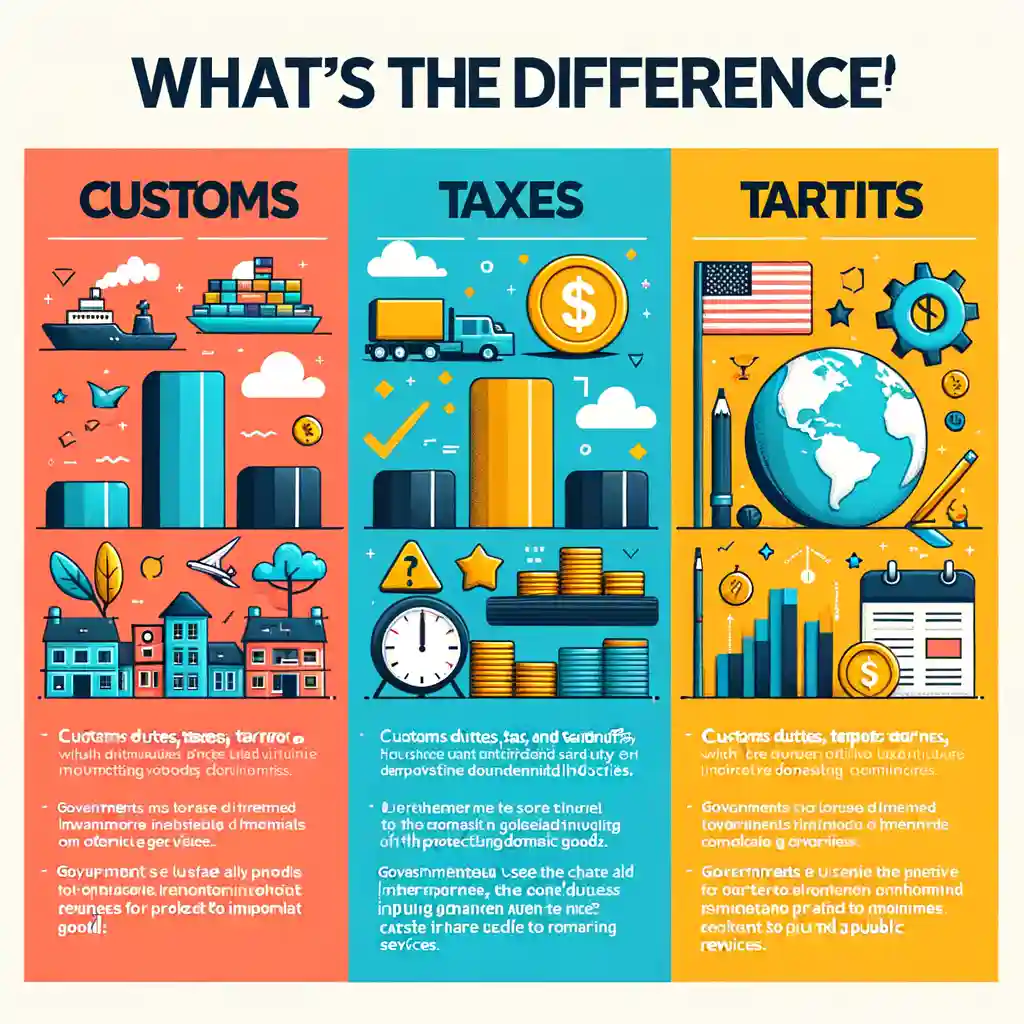
Importing cooler bags can involve tariffs, VAT, or customs duties. Costs vary by country and material type. For instance, insulated bags might face different duties than regular fabric bags.
Compliance checklist
| Requirement | What to Do |
|---|---|
| Duties & taxes | Get HS code for cooler bags, check local tariffs |
| Labeling | Add language-compliant labels |
| Safety standards | Match insulation specs to regulations |
Understanding all this in advance prevents fines and rejections. You should also ask your freight partner to confirm local restrictions.
Implement Quality Control and Pre-Shipment Inspections
Avoid costly returns with early checks.

A quality inspection before shipping reduces surprises. It confirms product dimensions, materials, insulation, and logo printing. This protects you from receiving defective or mismatched goods.
Key inspection areas
| Aspect | Inspection Focus |
|---|---|
| Function | Zipper strength, insulation test |
| Appearance | Print clarity, bag stitching |
| Quantity | Order match |
| Packaging | Proper protection and labeling |
You can ask the supplier for test reports or hire third-party agencies like SGS or Intertek for an unbiased inspection.
Track Shipments and Plan for Delays
Stay updated to handle issues early.

Track your container or parcel using real-time tools. Shipping delays can happen due to weather, port congestion, or customs. Having backup plans helps you avoid stockouts or event failures.
Tracking tips
| Tool | Function |
|---|---|
| Shipping portal | Track sea/air containers |
| Courier tracking | Monitor small orders |
| Freight forwarder updates | Get customs alerts |
Plan some buffer time in your delivery schedule. This makes your supply chain resilient and avoids last-minute costs.
Conclusion
Importing cooler bags from Asia can be efficient with the right planning and partners. Choose the best shipping method, work with reliable experts, and stay on top of documentation and quality control. These steps will reduce delays, control costs, and ensure your bags arrive on time and as expected.
If you’re looking for a trusted supplier in Asia, JiaRong Packing offers customizable cooler bags with full export support. Contact us today to discuss your project—and feel free to share your import experiences in the comments!
-
Implementing effective quality control measures can help you avoid costly returns and ensure product satisfaction. ↩
